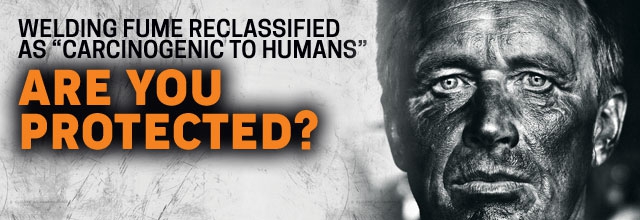Select Delivery Method
Please enter your delivery address to check availability.
Please select your click and collect pick up Branch to check availability.
Clearing the Air on Welding Fumes: What is PAPR?
The International Agency for Research on Cancer recently reclassified welding fume from Group 2B "possibly carcinogenic to humans" to Group 1 "carcinogenic to humans". The reclassification came following sufficient evidence that welding fumes causes lung cancer.
This reclassifciation has forced many welders and workplaces to rethink their current approach to respiratory protection. For many, the use of powered air respiratory protection (PAPR) has never been more important.
What is PAPR?
Powered Air Purifying Respirators (PAPR) are a type of personal protective equipment designed for hazardous breathing environments.
PAPR systems provide a continuous flow of filtered air and reduces the risk of exposure to harmful contaminants (hazardous articulates, fumes and gases - AKA 'welding fume') when welding, cutting or grinding.
When to choose a PAPR
Respiratory contaminants are encountered in different forms, presenting as either particulates or gaseous/vapour hazards. Different filters are required to protect against particles, specific gases or a combination of both.
The use of a PAPR means there is little to no breathing resistance. Unlike standard Air Purifying Respirators, the PAPR creates a fanning effect that keeps the face piece/ hood/mask from fogging and the wearer more comfortable, reducing worker fatigue when worn in non-Immediately Dangerous to Life and Health environments.
Key benefits of PAPR systems include:
- Positive pressure provided by the fan forces air into the facepiece, hood or helmet, eliminating difficulty in breathing
- Does not require fit testing if head cover, hoods or helmets are used
- May be an option for individuals who have facial hair or are unable to fit N95 respirator models
- Has positive airflow, therefore no breathing resistance
- Provides a higher level of respiratory protection than half (e.g., N95) facepiece, with a wide range of assigned protection factors from 25 to 1000
- Provide a cooled airstream to the user in warm temperatures




